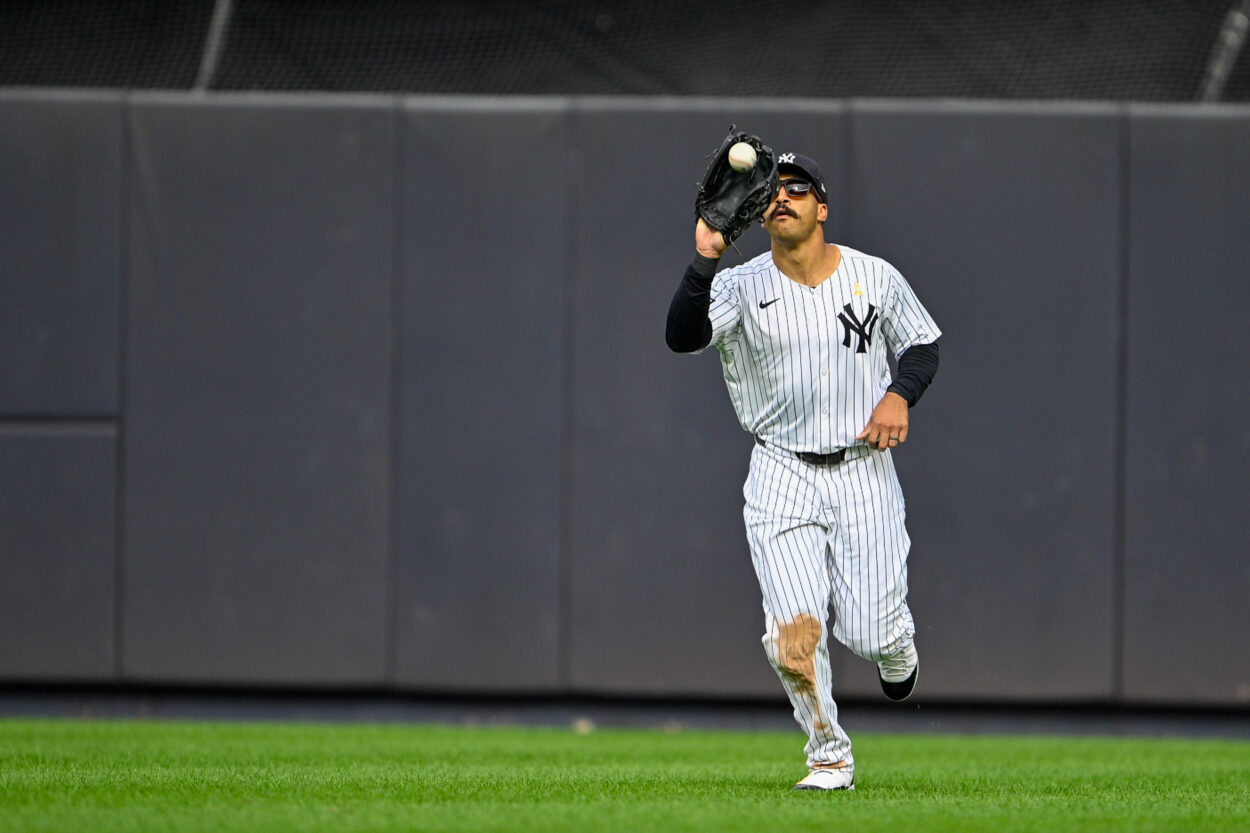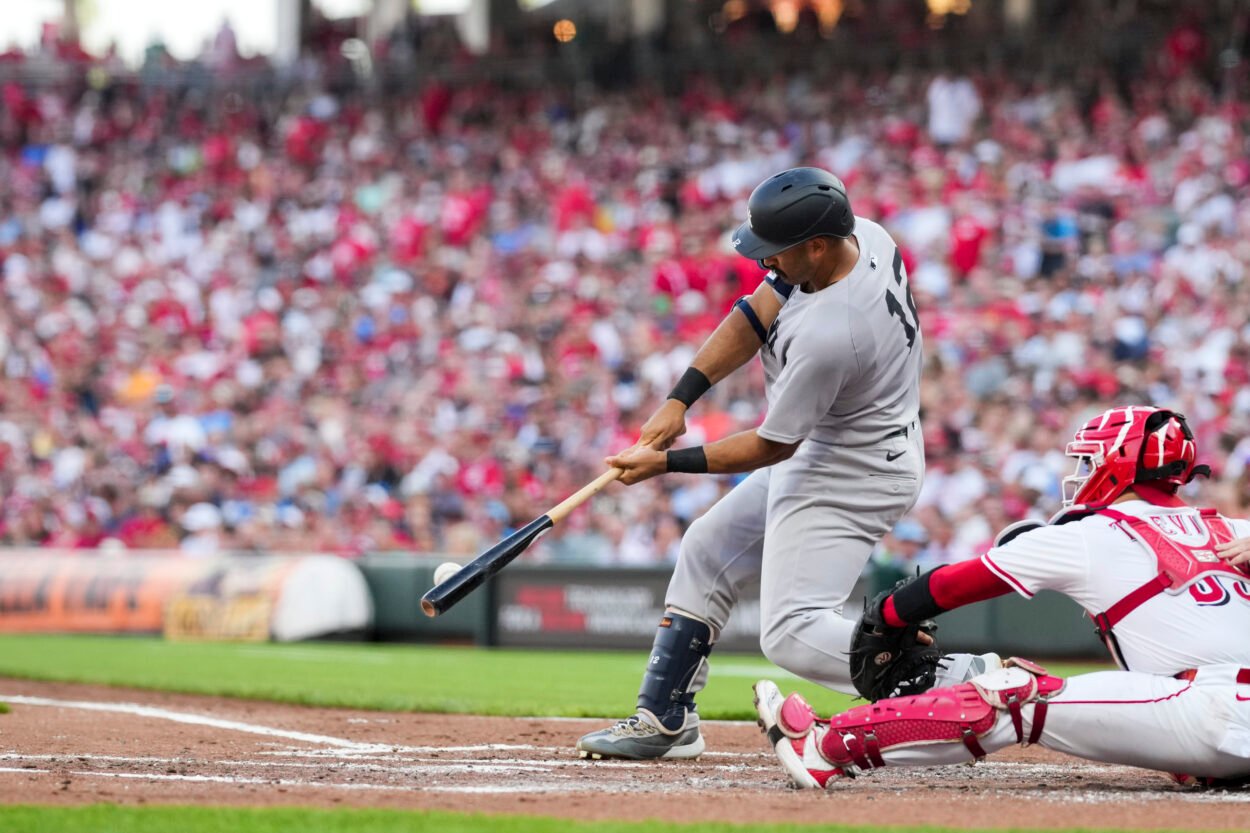
The New York Yankees were hoping Trent Grisham would decline the qualifying offer and chase a multi-year deal elsewhere. Instead, he surprised a lot of people around the league by accepting the one-year, $22 million offer for 2026, locking himself into a massive salary after the best offensive season of his career.
A surprising decision with big roster implications
Most around the league expected Grisham to test the open market. The center field market is thin, and teams in need of left-handed power were expected to line up for him. That’s why the early sense was that he’d reject the QO and try to secure a three- or four-year deal, especially after hitting .235/.348/.464 with 34 homers and 74 RBIs this past season.

Those numbers weren’t just career-best — they were nearly double his previous power production. For a player who entered the year as more of a defensive specialist with streaky offense, Grisham suddenly looked like a middle-of-the-order weapon.
But the flip side to that breakout season always came with a warning label.
Grisham’s athletic decline complicates things
For years, the Yankees valued Grisham for his athleticism and defense in center field. But that part of his game fell off fast in 2025. He posted -11 defensive runs saved and -2 outs above average, placing him near the bottom of all MLB center fielders. His range declined, his first step wasn’t as explosive, and he simply didn’t cover ground like he used to.
It’s the exact reason evaluators believe he’s headed for a corner outfield spot sooner rather than later, which makes the $22 million price tag even harder to stomach for a team looking to reshape the roster.
The Yankees needed flexibility this offseason, and Grisham’s decision removes a meaningful amount of it. Instead of reallocating that money to pitching, another infielder, or a premium outfield target, they now have a one-year luxury commitment to a player with real volatility.
The Yankees still value his presence
Despite the drawbacks, general manager Brian Cashman made it clear he would welcome Grisham back if he accepted the QO. The team loved the energy, the power, and the moments where his bat carried them for stretches. Grisham was a huge part of their 2025 success, and on a one-year deal, the Yankees also avoid any long-term risk.
In the short term, they know what they’re getting: a left-handed slugger who can work counts, draw walks, and provide pop from the bottom half of the order. If his bat stays hot, the Yankees benefit. If it regresses, they aren’t tied down for years.

What comes next for the Yankees
Grisham’s acceptance doesn’t change the Yankees’ priorities, but it does limit how aggressive they can be elsewhere. They still want Cody Bellinger back. They still need another outfielder. They still need bullpen help and likely another starter. But one of their biggest bets of the offseason is now locked in.
The Yankees were prepared for both outcomes, but it’s fair to wonder whether $22 million could have been better spent in other areas. Grisham has every right to take the guaranteed payday coming off a career year. The Yankees now have to make the rest of the offseason work around that decision.
Can they build the roster they envisioned with less flexibility than expected? That answer will define how they navigate the months ahead.
